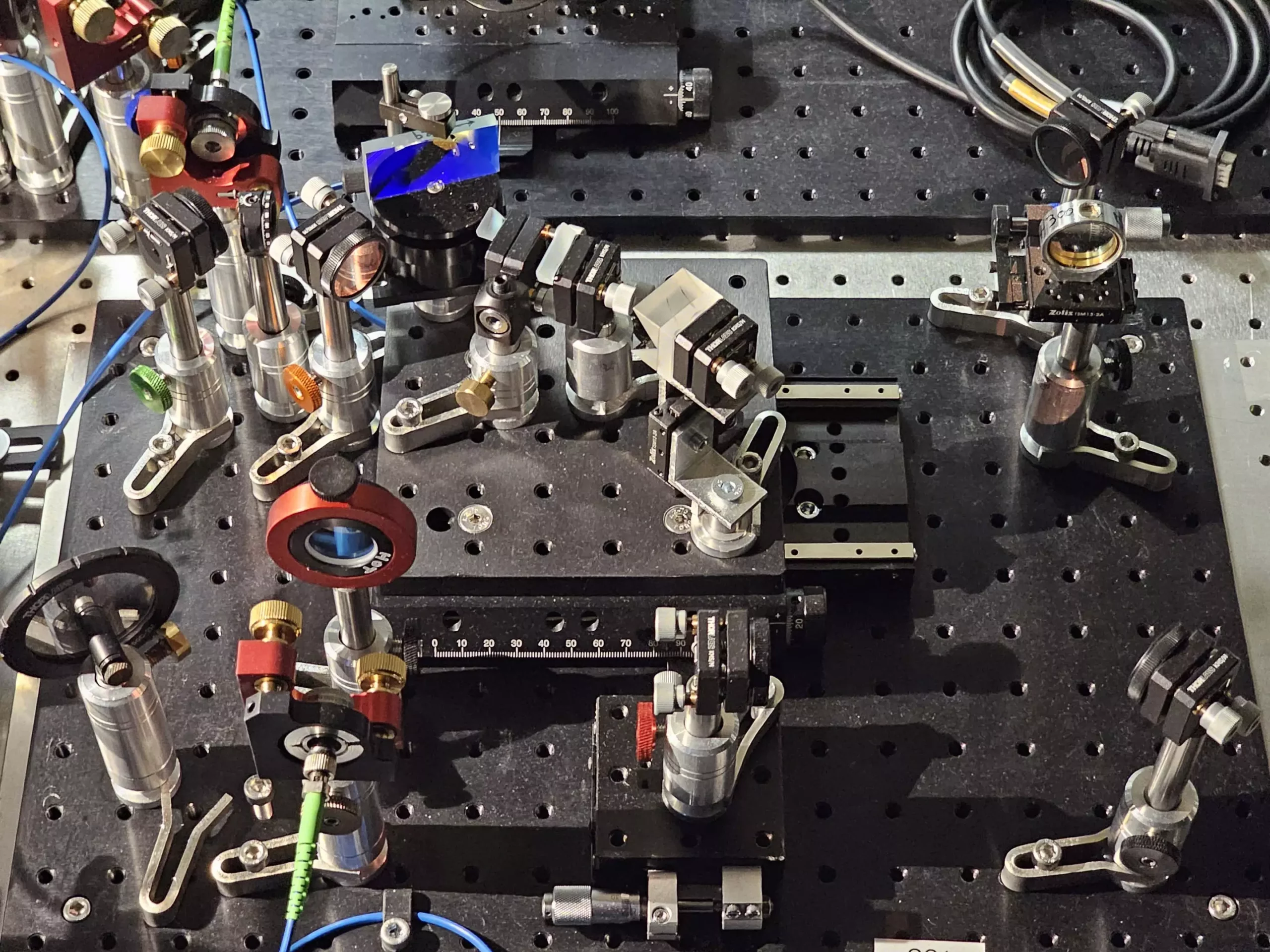Spectroscopy is an essential field in both chemistry and astrophysics that focuses on analyzing the interaction between matter and electromagnetic radiation. By examining the unique spectral fingerprints emitted or absorbed by substances, researchers can identify chemical compounds, understand elemental compositions, and derive the physical properties of distant celestial bodies. Each substance and celestial body has its distinct spectral signature, much like a fingerprint, which scientists can decode to gather valuable information. In the realm of telecommunications, the principles of spectroscopy underpin the technology that enables simultaneous data transmission through various color channels in fiber optic systems. As the demand for higher data capacity and the advent of secure quantum communication networks grow, the need for advanced spectroscopic techniques has become evident.
Traditionally, spectroscopic methods have faced significant challenges, particularly when it comes to distinguishing overlapping channels or closely spaced spectral lines. This is where the Rayleigh criterion comes into play, indicating the fundamental limits of resolution imposed by diffraction in optical systems. Under conventional imaging techniques, crucial information, especially the phase information carried by the electromagnetic field of light, may be neglected. This loss of data limits the accuracy and effectiveness of measurements, particularly in complex scientific applications where precise resolution is necessary. As optical networks and quantum technologies evolve, it becomes imperative to address these limitations to harness the full potential of light waves in practical, real-world applications.
Recently, two pioneering researchers at the University of Warsaw have developed a novel solution to these shortcomings with the introduction of their quantum-inspired super-resolving spectrometer known as Super-resolution of Ultrafast pulses via Spectral Inversion (SUSI). The researchers, part of the Quantum Optical Devices Lab, have demonstrated that their device offers more than double the resolution compared to conventional methods. This breakthrough could significantly enhance various applications, ranging from optical communication networks to detailed spectroscopic studies of matter.
SUSI operates on a unique principle derived from ideas prevalent in quantum imaging. Instead of focusing on individual photons, the device categorizes light into ultrafast pulses, each radiating slightly different colors corresponding to specific optical channels or spectroscopic lines. The essential innovation lies in the architecture of the SUSI device, which employs double Fourier Transform techniques to achieve inversion in both arms of an interferometer. This approach optimally utilizes phase information that conventional spectrometers often overlook, significantly enhancing measurement precision.
A pivotal challenge in developing the SUSI device was to facilitate the inversion process effectively while maintaining a balanced design. By leveraging the properties of Fourier Transforms, the researchers ingeniously devised a system where one interferometer arm implements a direct Fourier Transform while the other arm employs an inverse Fourier Transform. This innovative structure not only balances the optical losses across the system but also simplifies the components used, thus reducing complexity and enhancing scalability. Both arms can easily be adapted into a photonic chip, leading to practical applications in both super-resolution spectrometers and future fiber optic networks.
Another critical improvement is the enhanced precision with which closely gathered pulses can now be measured. Enhanced spatial resolution enables researchers to distinguish spectral lines that would otherwise remain indistinguishable under traditional techniques, allowing for greater accuracy and efficiency in measurements. This improvement indicates a significant leap forward, possibly transforming how spectroscopy is conducted in both research laboratories and industrial settings.
As researchers continue to explore the applications of this groundbreaking technology, the potential benefits are enormous. The SUSI device can pave the way for advancements in materials science, environmental monitoring, and healthcare diagnostics where precise measurements and quick identification of substances are crucial. Furthermore, with the ongoing development of secure quantum communication, being able to distinguish and harness different optical channels enhances the reliability and efficiency of data transmission dramatically.
With publications already appearing in prestigious journals such as Optica, the quantum-inspired approach to super-resolution spectroscopy heralds a new era of possibilities, merging the disciplines of traditional optics and modern quantum physics. As we look ahead, the SUSI device not only exemplifies the impressive capabilities of innovative research but also signals a turn towards a more integrated, efficient, and scientifically rich approach to understanding light and its multifaceted applications in our world.
The contribution of the University of Warsaw’s researchers introduces a pivotal shift in spectroscopy, embodying the transformative potential of quantum-inspired techniques that could redefine our approach to studying light and its interactions with matter.

